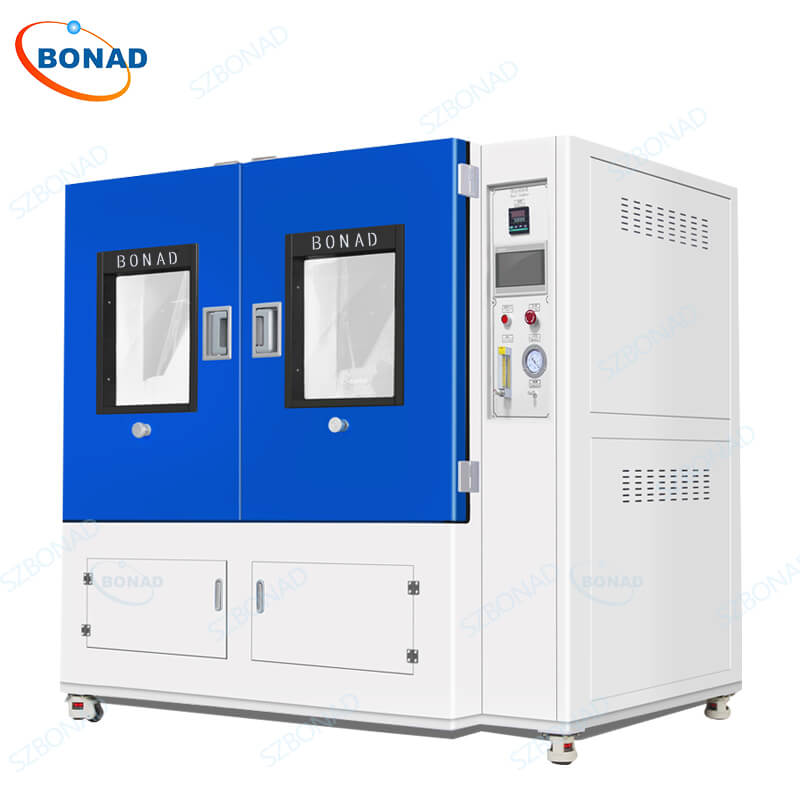IPXXB, also referred to as IP2X, stands for Ingress Protection Marking. This classification system evaluates the level of protection an enclosure provides against the intrusion of solid objects, such as dust and water. Developed by the International Electrotechnical Commission (IEC), the IP code is a globally accepted standard used across various industries to ensure that electronic devices and equipment can withstand different environmental conditions.
While the IPXXB rating primarily addresses protection against solid object ingress, the IPX rating deals with water ingress. This article will delve into the specifics of IPXXB, highlighting its importance and relevance in today’s technological landscape.
The “IP” in IPXXB signifies Ingress Protection. The “XX” represents the level of protection against solid objects, with the first “X” being a number from 0 to 6 indicating the degree of protection against solid particles. The second “X” is always 0, meaning that the enclosure has not been tested or rated for water ingress protection.
Here are the different levels of protection provided by IPXXB ratings against solid objects:
- IPX0: No specific protection against solids; no testing conducted.
- IPX1: Protects against solid objects larger than 50mm; small tools or fingers may penetrate.
- IPX2: Guards against solid objects larger than 12.5mm, such as fingers.
- IPX3: Shields against solid objects larger than 2.5mm, preventing small tools or wires from entering.
- IPX4: Defends against solid objects larger than 1mm, ensuring most wires or screws cannot penetrate.
- IPX5: Offers full dust protection with limited ingress allowed; protects against jets of water from all directions.
- IPX6: Provides complete dust protection with a dust-tight enclosure; shields against powerful jets of water.
- IPX7: Ensures full dust protection and allows immersion up to 1 meter for 30 minutes.
- IPX8: Guarantees full dust protection and permits continuous immersion beyond 1 meter as specified by the manufacturer.
The IPXXB rating system is vital in industries where dust or solid particles are prevalent. For instance, in manufacturing or mining sectors where heavy machinery generates significant amounts of dust, equipment with higher IPXXB ratings is essential to prevent dust ingress and protect internal components.
Similarly, in electronics where sensitive devices and circuits are used, achieving a high IPXXB rating is crucial. This ensures that devices can operate without malfunctioning due to foreign object intrusion.
Consumers and businesses rely on IPXXB ratings to make informed decisions when selecting products. An IPXXB rating helps users determine if a device or enclosure is suitable for specific applications and environments. Generally, hardware with higher IPXXB ratings comes at a higher cost but offers greater reliability and longevity.
Regulatory bodies often require products to have specific IPXXB ratings depending on industry standards and applications. Compliance ensures that products meet necessary safety and performance standards, protecting end-users and reducing potential liabilities for manufacturers.
In summary, IPXXB (or IP2X) is an essential classification system providing valuable information about an enclosure’s level of protection against solid objects. Its significance spans various industries, enabling manufacturers and consumers to understand a product’s suitability for specific environmental conditions. By ensuring durability, reliability, and performance of electronic devices, IPXXB ratings safeguard them from potential damage caused by solid particle ingress.



